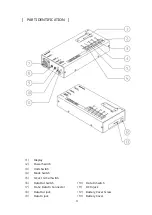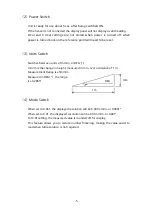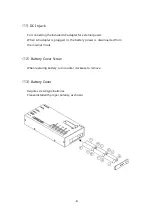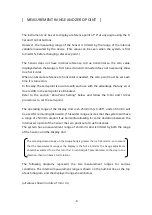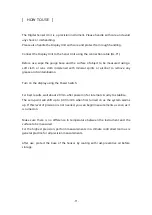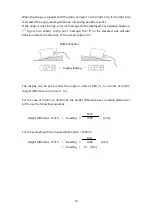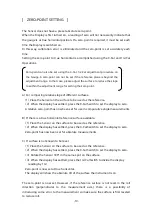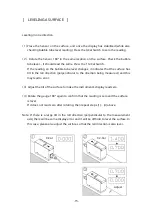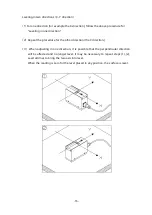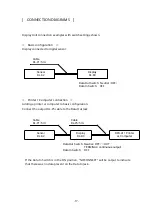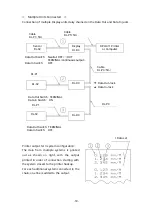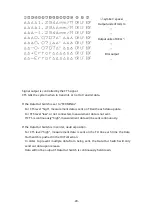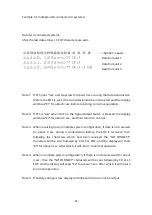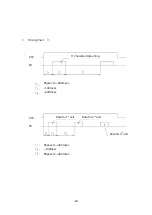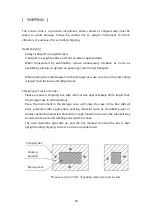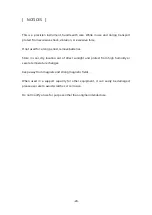
≪
0-Cal, 1/2-Cal Operation
≫
The zero-point reference is set without an absolute reference by using the direction
of Earth's gravity as a reference. This can be understood from the following
procedure.
Suppose a slope having an angle θ with respect to the horizontal plane.
Place on that slope a board with a weight suspended on thread.
As seen in the diagram below, the weight will move toward side A of the board at
an angle θ from the line perpendicular to the slope.
When the board is turned 180°, the weight now moves toward side B of the board
by angle θ from the line perpendicular to the slope.
Using this method, even without a true horizontal reference we can determine the
value of the angle 2×θ, where θ is the angle of the slope in reference to the
horizon.
By dividing by two, we can determine θ, the tilt of the slope.
If the gauge is set to zero on a slope, then when the gauge is rotated 180° it will show
the angle twice the actual tilt of the slope.
If the reading is then halved, it will show the tilt of the slope, and by adjusting the
slope until that reading is zero, we can adjust the surface to horizontal.
Using this method for setting the horizontal reference, the reference set is always
accurate and the gauge reliable. For an instrument with built in reference, there is a
chance that it will be inaccurate and yet will continue to be used without knowing of
the deviation.
-14-
Weight
Weight
Gravity
Gravity



